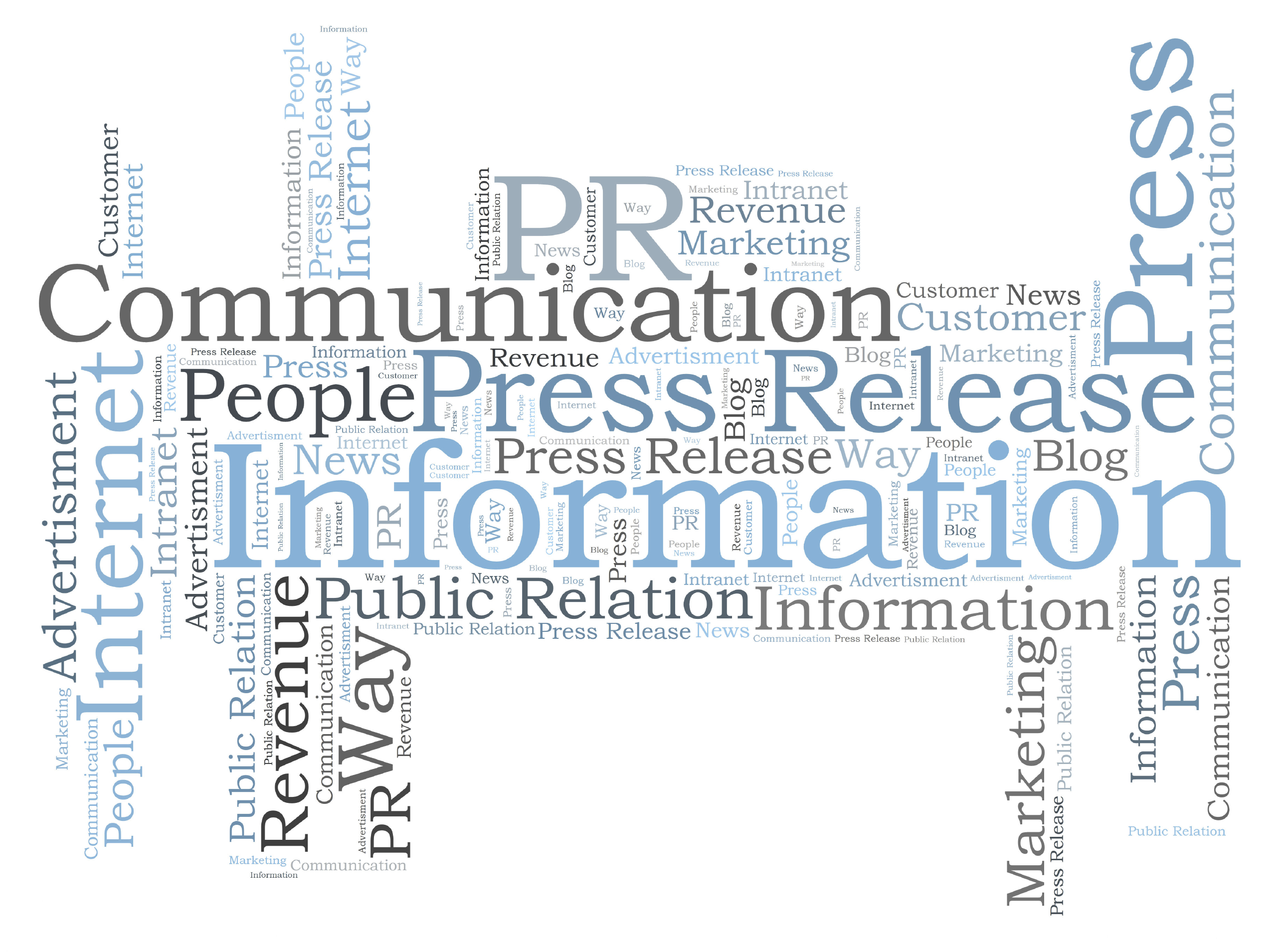Content Repurposing: It Ain’t Over Till It’s Over
Imagine this rather typical scenario.
You’ve spent weeks developing what you believe will be a prominent article for your company blog. There’s a fascinating and unique success story to talk about, and you scored an awesome interview with the client to weave in a few pithy quotes supporting this banner project. Senior leadership is excited about the piece and has provided a great tie-in to strategic priorities—it’s in the company’s sweet spot. Early on, you engaged with key subject matter experts on the primary trends and innovations in the industry that align perfectly, and they even provided you a few nifty graphics and images to bring some visual life to your story. Final reviews are complete, you publish the story, and presto, you’re done.
Just to be certain the story gets some play, you send a note off to the business letting them know it’s there and ask them to share it with clients and prospects. You post a few tweets to your followers about this latest masterpiece, and maybe you even post it over to Facebook and LinkedIn to pick up anyone you’ve missed.
The high from the fruits of your labor is intoxicating, but maybe over the next day or two, it dissipates as you quickly move on to the next writing assignment or project. You review the metrics later and see that audience engagement was minimal and no new sales leads were tied to your story. All that hard work and that’s it—not much to show for it.
…



